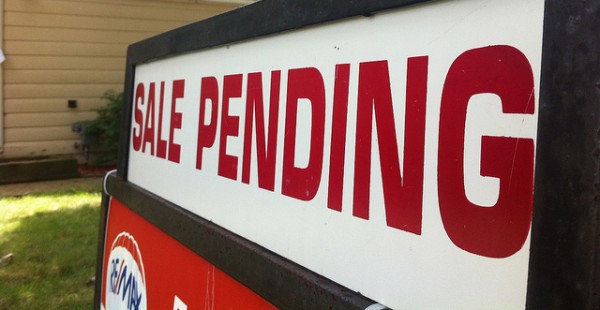Economic Snapshot: Double-digit gains in existing and new home sales

Existing and new home sales both posted double-digit gains this month, with solid growth year-over-year.
Existing home sales
Total existing-home sales climbed 14.7 percent to a seasonally adjusted rate of 5.46 million in December, up from 4.76 million in November. Sales are now 7.7 percent above the previous year.
The median existing-home price for all housing types in December was $224,100, up 7.6 percent from December 2014. Last month’s price increase marks the 46th consecutive month of year-over-year gains.
Total housing inventory at the end of December fell 12.3 percent to 1.79 million existing homes available for sale and is now 3.8 percent lower than the previous year. Unsold inventory is at a 3.9-month supply at the current sales pace dramatically below the 5.1 months in November and the lowest since January 2005, which was 3.6 months.
The percent share of first-time buyers was 32 percent in December, up from 30 percent in November and 29 percent a year ago and in 2013. However, first-time homebuyers are still held back by rising rents and home prices.
New home sales
Sales of new single-family houses were at a seasonally adjusted annual rate of 544,000 in December. This is 10.8 percent above the revised November rate of 491,000 and 9.9 percent above the December 2014 estimate of 495,000.
The median sales price of new houses sold in December 2015 was $288,900 and the average sales price was $346,400. The seasonally adjusted estimate of new houses for sale at the end of December was 237,000. This represents a supply of 5.2 months at the current sales rate.
An estimated 501,000 new homes were sold in 2015. This is 14.5 percent above the 2014 figure of 437,000.
Consumer confidence
Consumer confidence rose to 98.1 in January, up from 96.3 in December. The Present Situation Index was unchanged at 116.4 and the Expectations Index increased from 83.0 to 85.9.
The percentage of consumers saying business conditions are “good” was largely unchanged at 27.2 percent and those saying business conditions are “bad” decreased slightly from 18.9 percent to 18.5 percent. The proportion of consumers claiming jobs are “plentiful” decreased from 24.2 percent to 22.8 percent, while those claiming jobs are “hard to get” also declined from 24.5 percent to 23.4 percent.
The percentage of consumers expecting business conditions to improve over the next six months rose from 14.5 to 16.2 percent and those expecting business conditions to worsen dropped slightly from 10.8 percent to 10.3 percent.
Those anticipating more jobs in the months ahead increased from 12.4 percent to 13.2 percent and those anticipating fewer jobs decreased from 16.8 percent to 16.5 percent. The proportion of consumers expecting their incomes to increase improved from 16.3 percent to 18.1 percent. However, the proportion expecting a reduction also increased from 9.5 percent to 10.8 percent.




